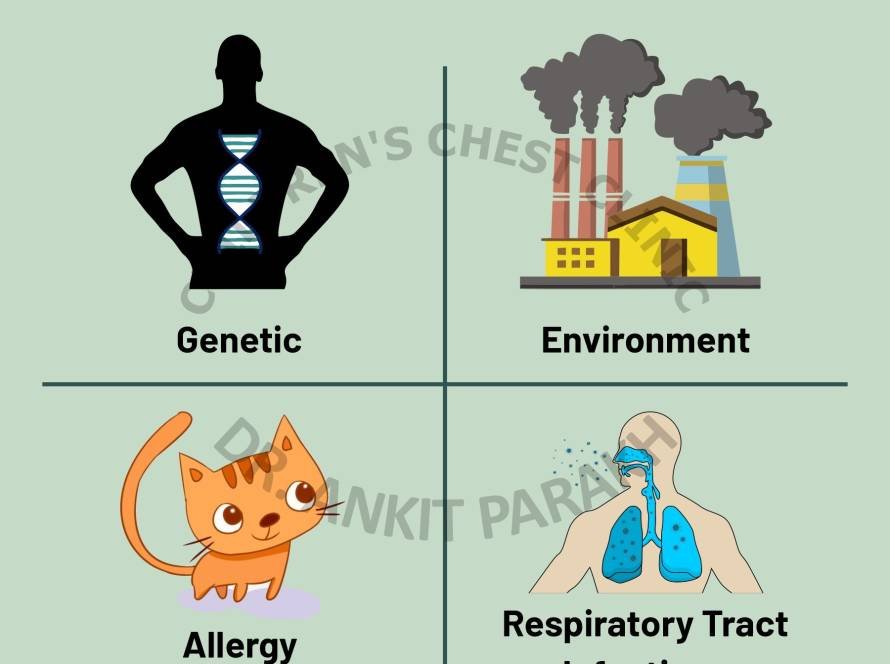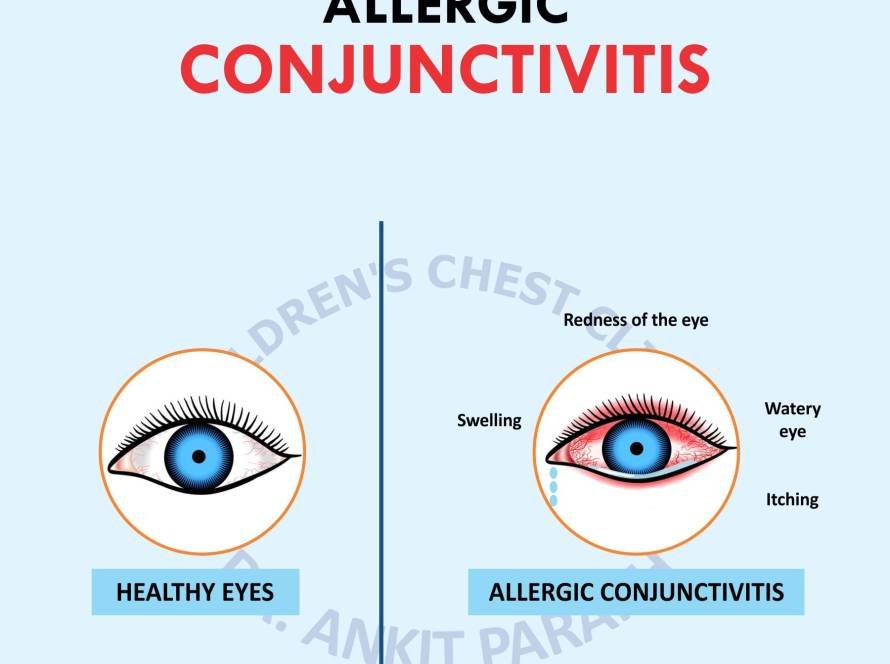Sleep studies, or polysomnography, are essential tools for diagnosing sleep disorders in children. Traditionally conducted in sleep labs or hospitals, these studies have become more accessible with the rise of home sleep studies, which allow families to monitor their child’s sleep in the comfort of their own home. However, while home sleep studies may seem convenient and cost-effective, they come with notable limitations, especially when it comes to children. In this blog, we will discuss the key limitations of home sleep studies in children, including poor quality equipment, limited channels, lack of audio-video recording, potential for poor quality data and absence of supervision by a sleep physician. Understanding the pros and cons of these sleep diagnostic tools would help parents to make informed decisions regarding their child’s sleep study.
What is a Sleep Study or Polysomnography?
A sleep study (or polysomnography) is a comprehensive test used to monitor various physiological activities during sleep, including brain waves, eye movements, muscle activity, heart rate, and breathing patterns. It is commonly used to diagnose sleep disorders such as sleep apnea, restless leg syndrome, and narcolepsy. It is also very useful in diagnosis of sleep issues in children with neuromuscular problems and prescribing night time BiPAP. In traditional polysomnography, children are monitored in a sleep lab, where electrodes and sensors are attached to their body to record sleep data over the course of a night. While these studies provide detailed and accurate results, they can be time-consuming, and challenging for families with young children. As a result, home sleep studies have gained popularity in recent years, offering a more convenient, affordable alternative. However, they may not always provide the same level of accuracy and insight into a child’s sleep.Limitations of Home Sleep Studies for Children
1. Poor Quality Equipment
One of the most significant drawbacks of home sleep studies is the quality of the equipment used. Unlike the sophisticated, high-tech devices found in sleep labs, home-based devices are often designed for simplicity and ease of use. This means they may lack the advanced sensors and precise measurements that a sleep lab can provide. For instance, many home sleep studies rely on portable devices that can be easily attached to a child, such as small sensors or wristbands. While these devices are generally non-invasive, they may not be as sensitive as the equipment used in a clinical setting, potentially leading to incomplete or inaccurate data.2. Limited Channels for Monitoring
A typical polysomnography in a sleep clinic includes multiple channels to monitor various aspects of sleep, including brain activity, heart rate, muscle tone, and eye movement. These channels are crucial for diagnosing complex sleep disorders and providing an in-depth analysis of a child’s sleep patterns. In contrast, home sleep studies often have a limited number of channels, focusing primarily on basic metrics like heart rate and breathing patterns. It may not provide the comprehensive data needed to diagnose various sleep disorders in children like sleep apnea and other conditions, such as restless leg syndrome or parasomnias.3. Lack of Audio-Video Recording
One of the most critical aspects of diagnosing sleep disorders in children is observing their behavior during the night. In a sleep lab, audio-video recording can provide valuable insights into movements, vocalizations, and other abnormal behaviors that may occur during sleep. However, home sleep studies generally do not include audio or video recording capabilities. This lack of behavioral observation can make it difficult for doctors to fully understand the context of the sleep data, particularly in children with sleep disorders.4. Poor Quality Data
While home sleep studies can be effective for detecting certain sleep disorders, the quality of the data they produce is often not as high as that of a polysomnography performed in a sleep lab. Due to the limitations of the equipment and the absence of supervision, there is a greater risk of incomplete or inaccurate data, which can lead to misdiagnosis or missed diagnoses. Inaccurate data is especially problematic when diagnosing complex sleep disorders, as subtle details may be overlooked. Additionally, home sleep studies may not capture important physiological information that could be essential for understanding the full scope of a child’s sleep issues.5. No Supervision by a Sleep Physician
In a traditional sleep study, a trained technician is on hand to monitor the child throughout the night. This expert supervision ensures that any issues or complications that arise during the study can be addressed immediately. Sleep studies are scored manually, interpreted and correlated with the child’s problems by a trained sleep physician. With home sleep studies, there is no on-site supervision. Parents are often tasked with setting up the equipment and ensuring that it stays in place throughout the night. This can be particularly challenging with children who may be uncomfortable or restless during the test. Without expert supervision, the chances of errors in setup increase. Most sleep studies are auto-scored and reported by poorly trained technicians without the supervision of any sleep physician.Should Your Child Have a Home Sleep Study? Given the limitations outlined above, parents may wonder if a home sleep study is the right choice for their child. If your child exhibits signs of sleep issues, such as snoring, excessive daytime sleepiness, or abnormal behaviors during sleep, a polysomnography in a professional sleep clinic is often the best choice. Home sleep studies may not be the appropriate test for diagnosing sleep disorders in children.While home sleep studies offer convenience and affordability, they come with significant limitations, especially for children. Poor quality equipment, limited channels, lack of audio-video recording, no supervision by a sleep physician, and poor quality data can all impact the accuracy and effectiveness of these studies. For children with sleep disorders, a traditional polysomnography in a sleep clinic is often the best option. Conclusion






